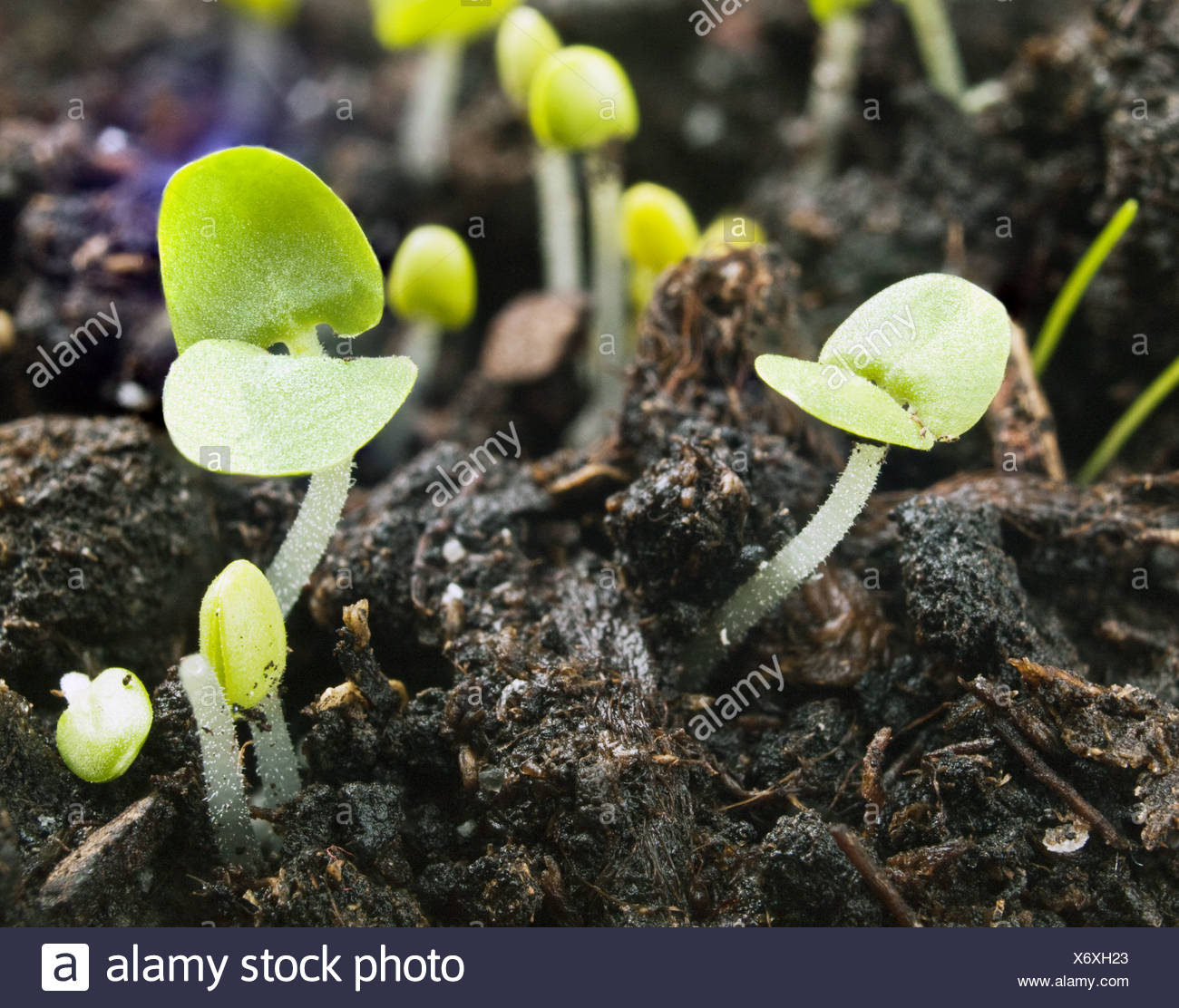

Basil seedlings stopped growing free#
Basil prefers light fertile and somewhat dry soil that’s as free from weeds as possible. Growing basil as border plants may require a bit more tending and removal of weeds between the plants. Plant a foot apart in rows separated by 15 to 18 inches. Transplant basil seedlings to a sunny location in your garden but be prepared to provide some shade during the hottest part of the day to young plants. Basil seedlings should have two sets of true leaves, so don’t rely entirely upon the height of your plants. Wait until your basil seedlings are at least 3 inches tall before transplantation. When basil seedlings are about an inch tall, thin so that each plant is two inches apart.īefore growing basil in your herb garden, check out our Basil Companion Planting Guide to help you decide which other herbs and plants you might want to plant with basil. One gardening book recommended watering seedlings before their true leaves appear with a cool chamomile and nettle tea. Water flats from the bottom until surface shows a wet spot. When growing basil from seed, your best option is sowing them in flats with a light covering of soil due to their small size. (Seeds, sowing, transplantation, propagation, harvesting and growing indoors) Growing Basil From Seeds.īasil seeds are viable for about 8 years and are very tiny about 23,000 basil seeds weigh an ounce. Fun Basil Fact.ĭuring the reigns of Queen Mary and Queen Elizabeth, farmers complimented visiting landladies with the presentation of a potted basil plant. Learn more about the different kinds of basil in our article on basil varieties. Common Basil Cultivars:ĭwarf or bush basil, sacred basil, east Indian or tree basil, purple basil, and lettuce-leaved basil. Little white or lilac (purple basil) flowers followed by small black berries containing the seeds. Used for centuries in India as a condiment. Read more on the History of Basil Natural Order: In France it is known as herb royale and the generic name is derived from Oza – a Greek word meaning odor. Signifies royal or kingly most likely due to the plant’s use in feasts.


 0 kommentar(er)
0 kommentar(er)
